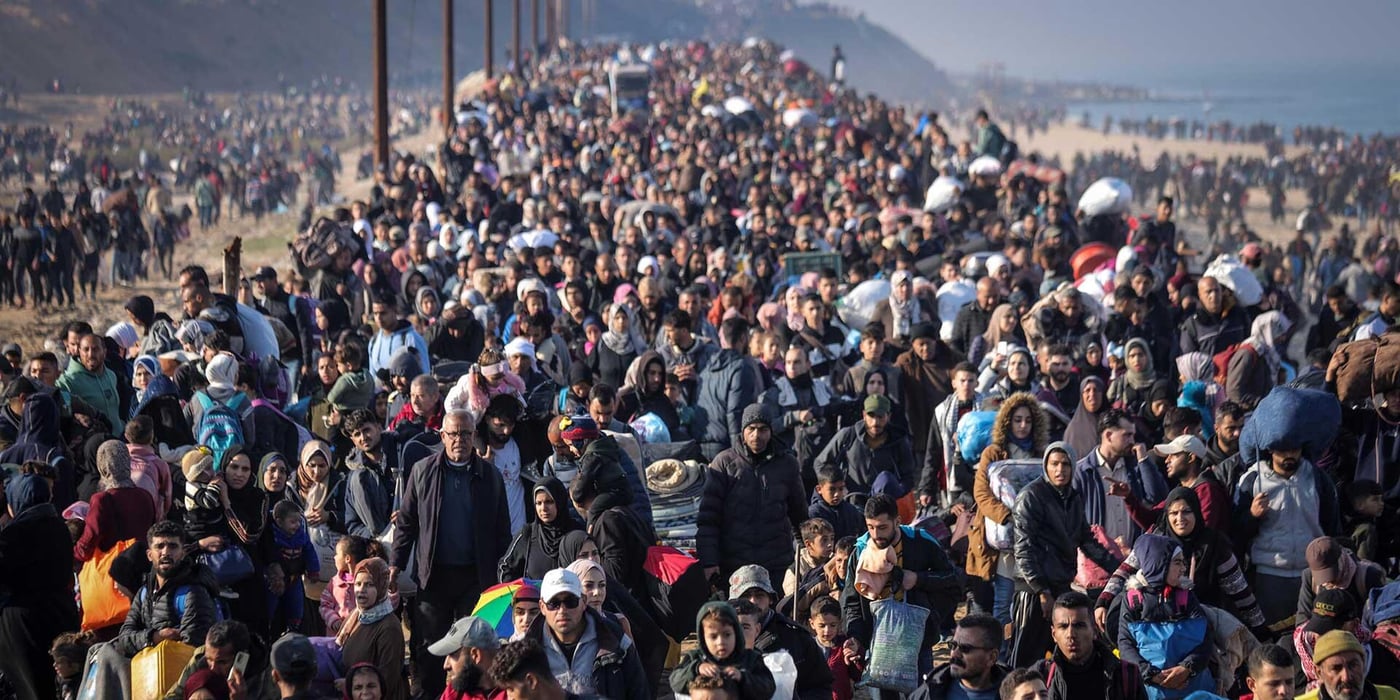The increase coincides with a sharp cut in food assistance to Syrian refugees in Jordan. In August, some 229,000 Syrian refugees in host communities already living below the national poverty line were told they would no longer receive food assistance, many others have had their support cut in half.
“Many families see no other alternative than to return to a war ravaged Syria, with the severe security risks that entails or to embark on a dangerous journey across the Mediterranean. It is not a choice, but a desperate attempt to protect their families”, said Kostohryz.
More than 12,000 children have been killed in the war in Syria and every day bombs and fighting are claiming more civilian lives. The security environment is not conducive to return.
“It is unclear how many people are returning to Syria to travel onward to Turkey and Europe. Many people are telling us that they are going back to Syria to sell their property to get the funds they need to make the journey to Europe”, said Catherine Osborn, Protection Adviser at NRC.
The increase in returns continued in September. In mid-September a peak of 340 refugees returned in a single day, compared to a daily average of 120 in August and 60 in July, according to the UNHCR. There are also reports of hundreds of Syrians leaving daily through the international airport in Jordan, boarding flights to Istanbul – a first stop on the onward journey to Europe.
“More than four years into the Syria conflict, more must be done to support the more than 4 million Syrian refugees in in the region. Syria's neighbouring countries have been coping with this crisis alone for too long. We are making a strategic mistake which may haunt us for generations, when we fail to provide people with safety, education and hope for the future”, said Kostohryz.
Currently the UN and other organisations have received less then half of the assistance needed to support refugees in Syria's neighbouring countries. In the last six months NRC has seen an increase in people, particularly Syrian youth, contacting our teams for information and counselling related to return and travels to other countries.
“The region is at risk of loosing a whole generation of Syrians to conflict and far-flung displacement. Young Syrian refugees who are the ones supposed to eventually rebuild Syria are unable to continue their education or support their families. They see no future in the region,” said Osborn.
Facts:
- More than 4 million Syrians have fled to neighbouring countries and been registered by UNHCR.
- Of these, Jordan is hosting more than 630,000 Syrian registered refugees.
- About 9 out of 10 Syrian refugees outside camps are living below the Jordanian poverty line (USD 95 per person per month) and depend on humanitarian assistance to meet their basic needs.
- Donors have so far provided only 46% of the money needed to support the refugees in the neighbouring countries in 2015.
- An increasing number of refugees are returning to Syria. In August about 120 people returned every day, up from an average of 60 in July.
- Refugees NRC has been in touch with are giving the following reasons for leaving Jordan:
- Cuts in food assistance
- Lack of access to the labor market
- Lack of continuing and higher education opportunities
- Reunion with family members who remain in Syria and who are unable to access Jordan



